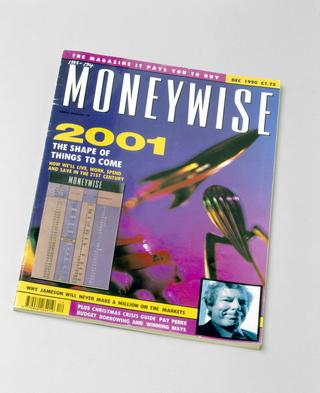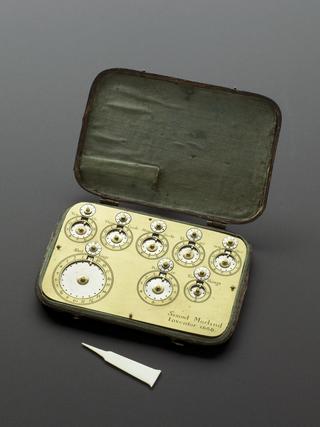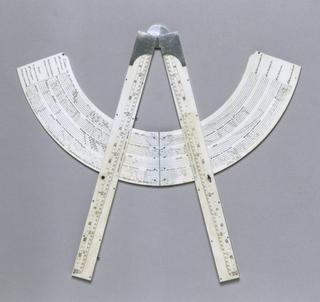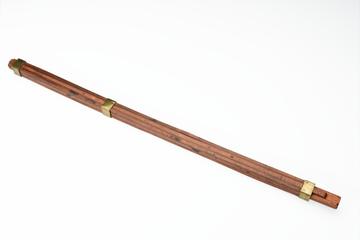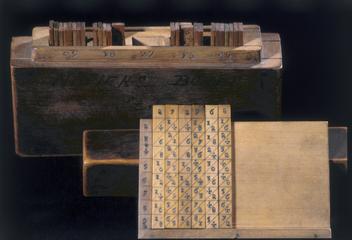
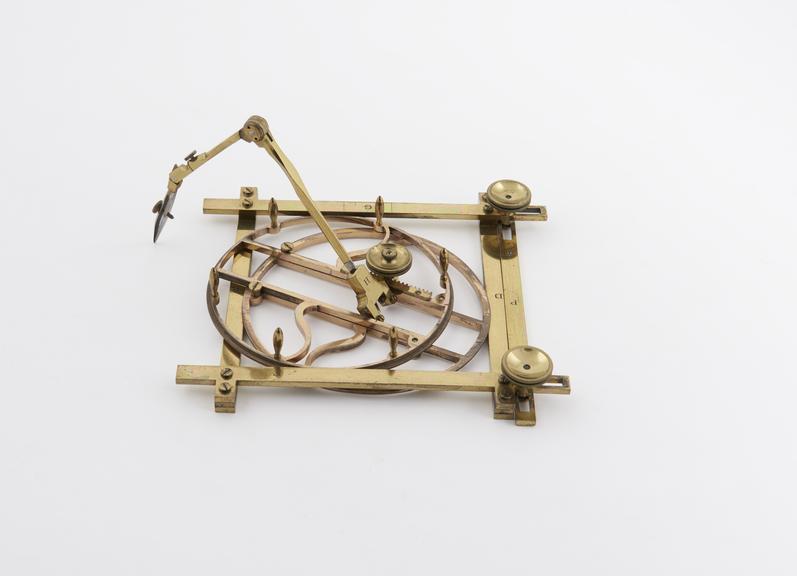
Brass ellipsograph invented by John Farey (junior).
The first English ellipsograph designed by John Farey Jr. and Edward Burstow in 1810 (there is an earlier surviving ellipsograph from France, signed ‘Gourdin a Paris’, c.1790) used to draw accurate ellipses on paper, or directly on copper plates, of smaller size than those drawn by ordinary elliptical trammels. The instrument is made of a brass frame of parallel rulers and concentric circles with a central crossbar and socket to hold the pen or pencil. The circles could be moved by a small rack and pinion with a pair of milled screw heads which enabled different varieties of ellipses to be drawn. According to his own words Farey’s main interest was to ‘delineate circular objects in perspective’ and he found ellipses the hardest to draw. He contributed technical drawing plates to several encyclopaedias starting at age fourteen and in 1813 he was awarded the gold medal by the Society of Arts when he presented this example along with a paper on its use.
Details
- Category:
- Mathematics
- Object Number:
- 1897-30
- type:
- curve drawing instruments and ellipsographs
- credit:
- Royal Society of Arts

